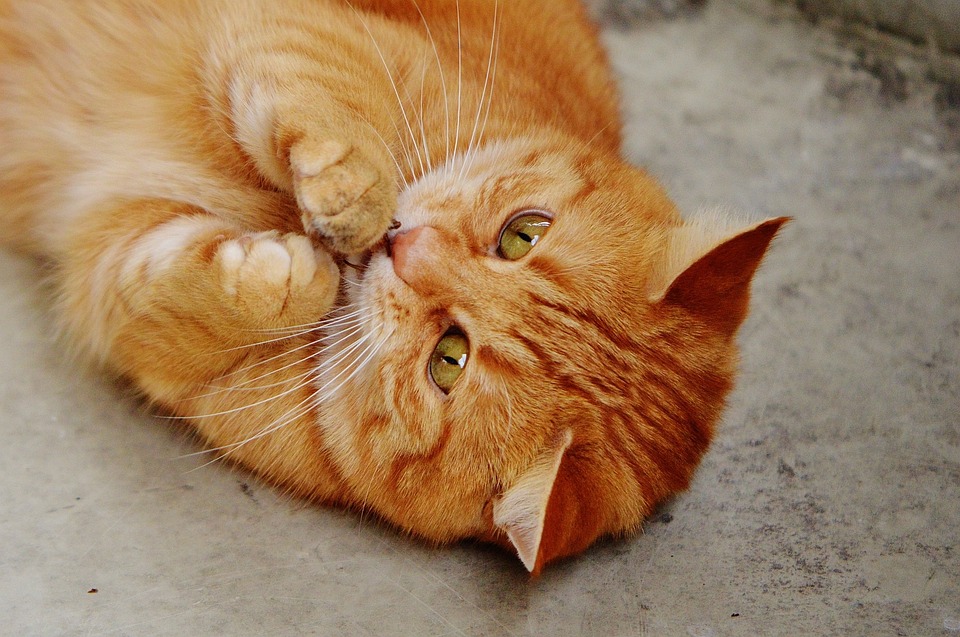Cats are known for their graceful beauty and luxurious coats, especially long-haired breeds. While these feline friends are undeniably majestic, their fur can be prone to matting and tangles, which can cause discomfort and even health issues if not properly managed. In this article, we will explore essential grooming techniques and tips to keep your long-haired cat’s coat healthy and mat-free. Additionally, we will address common questions cat owners have regarding grooming long-haired breeds.
Understanding the Importance of Grooming for Long-Haired Cats
Grooming is an essential aspect of caring for long-haired cats. Regular grooming not only helps maintain the aesthetic appeal of a cat’s coat but also promotes good overall health. Neglected fur can easily become matted, leading to skin irritation, discomfort, and potential health issues. By dedicating time to grooming, you can prevent matting and tangles, keep your cat’s skin healthy, and strengthen your bond through the grooming process.
Essential Tools for Grooming Long-Haired Cats
Before diving into the grooming process, it’s crucial to have the right tools at your disposal. Here are some essential grooming tools for long-haired cats:
1. Slicker Brush: Ideal for removing loose hair, preventing matting, and detangling.
2. Wide-Toothed Comb: Helps work through knots and tangles gently.
3. Mat Splitter: Useful for tackling stubborn mats and minimizing discomfort.
4. Cat-Friendly Shampoo: Formulated specifically for feline use to maintain a healthy coat.
5. Towels and Hair Dryer: For drying your cat after bathing.
6. Rounded-Tip Scissors: Ideal for trimming fur without risking injury to your cat.
Step-by-Step Guide to Grooming Your Long-Haired Cat
a. Brushing and Combing Techniques:
Start by using a slicker brush to remove loose hair and prevent matting. Gently brush through your cat’s fur in the direction of hair growth, paying extra attention to areas prone to matting, such as the belly and behind the ears. Follow up with a wide-toothed comb to further detangle and remove any remaining knots.
b. Bathing Your Long-Haired Cat:
While cats are known for their self-grooming abilities, bathing them occasionally is necessary, especially for long-haired breeds. Use a cat-friendly shampoo and ensure the water is lukewarm. Gently massage the shampoo into your cat’s coat, avoiding the face, and rinse thoroughly. Take care not to wet the ears excessively.
c. Drying and Detangling:
After bathing, use a towel to blot excess water from your cat’s fur. Avoid rubbing vigorously, as this can cause tangles. If your cat tolerates it, use a hairdryer on a low setting to dry the fur while combing through gently. Ensure the dryer is kept at a safe distance to prevent overheating.
d. Trimming and Preventive Measures:
Regularly check your cat’s fur for developing mats, especially behind the ears, armpits, and belly. Use rounded-tip scissors to carefully trim out any small mats or knots. To prevent matting, consider keeping the fur shorter in these problematic areas. Remember to approach trimming with caution and, if uncertain, seek professional assistance.
Frequently Asked Questions (FAQs)
a. How often should I groom my long-haired cat?
The frequency of grooming depends on your cat’s individual needs and coat type. However, long-haired cats generally benefit from daily brushing to prevent matting and tangles. Regular bathing should occur every 4-6 weeks, but excessive bathing can strip the coat of natural oils, so moderation is key.
b. Can I use human grooming products on my cat?
No, it is not recommended to use human grooming products on cats. Cats have unique skin pH levels and can be sensitive to certain ingredients found in human shampoos or conditioners. Always opt for cat-specific products approved by veterinarians.
c. How do I prevent matting in hard-to-reach areas?
To prevent matting in hard-to-reach areas, such as behind the ears or under the armpits, regular brushing and occasional trimming are essential. Focus on these areas during grooming sessions and keep the fur shorter to minimize matting.
d. Is it necessary to trim my long-haired cat’s fur?
While not always necessary, trimming your long-haired cat’s fur can help prevent matting and improve overall hygiene. Pay attention to areas prone to matting and consider consulting a professional groomer for guidance on suitable trimming techniques.
e. What should I do if my cat has severe matting?
If your cat has severe matting that you cannot safely remove, it is best to consult a professional groomer or your veterinarian. Severe matting can be painful for your cat, and attempting to remove it without proper knowledge or tools may cause harm.
By following these grooming techniques and tips, you can ensure your long-haired cat’s coat remains beautiful, healthy, and free from matting and tangles. Remember, regular grooming sessions not only benefit your cat’s physical well-being but also strengthen the bond between you and your feline companion.








